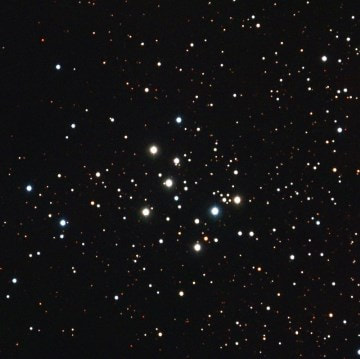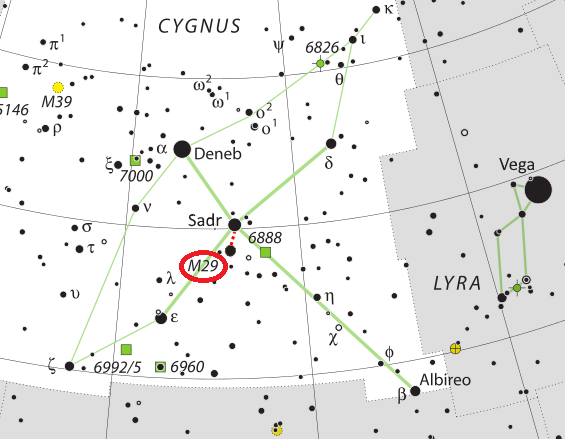FOG Blog
|
Sky Report by Ted Gruber
Evening Sky Jupiter (magnitude -2.5) is visible in the southern sky as darkness falls until it sets in the southwest just before 3:00am. The largest planet will be the brightest object in the night sky other than the moon. By mid-August, you’ll find Jupiter slightly more southwest and setting about two hours earlier. On the evening of August 9, the moon passes 2° north of Jupiter. Saturn (magnitude 0.1) is visible in the southeastern sky in mid-July, again as darkness falls. The ringed planet remains visible until setting in the southwest around 5:00am, and about two hours earlier by mid-August. The moon passes less than 0.1° south of Saturn around midnight on the evening of August 11-12. Morning Sky Mercury (magnitude 1.8) rises in the east-northeast about an hour before sunrise starting the last week in July. It rises a bit earlier each day through August 10, when it rises about 90 minutes before sunrise. Mercury then begins rising a bit later each day, but it is still visible each morning through the third week in August. Perseids Meteor Shower The annual Perseids meteor shower is active from July 17 through August 24, peaking the night of August 13. Unfortunately, a nearly full moon will drown out all but the brightest meteors this year. Still, a good number of Perseids can typically be seen starting about a week before the peak until a couple days after. The meteors are called Perseids because they appear to radiate from a point in the constellation Perseus in the east-northeast sky. Moon Phases Last (7/24), new (7/31), first (8/7), full (8/15), last (8/23), new (8/30). Messier of the Month – M29 M29 is a magnitude 6.6 to 7.1 open cluster in the constellation Cygnus. The cluster contains about 50 stars and has an estimated age of 10 million years. Its estimated distance ranges from 3,700 to 7,200 light years. Through binoculars, M29 appears as a tiny group of stars that look like a small box. Any size telescope resolves the cluster’s individual stars. M29 is best viewed at lower magnifications.
0 Comments
Your comment will be posted after it is approved.
Leave a Reply. |
Friends of Galileo
We are astronomy enthusiasts who love to learn and to share our wonder at the amazing sights right overhead. Archives
February 2024
Categories
All
|


 RSS Feed
RSS Feed